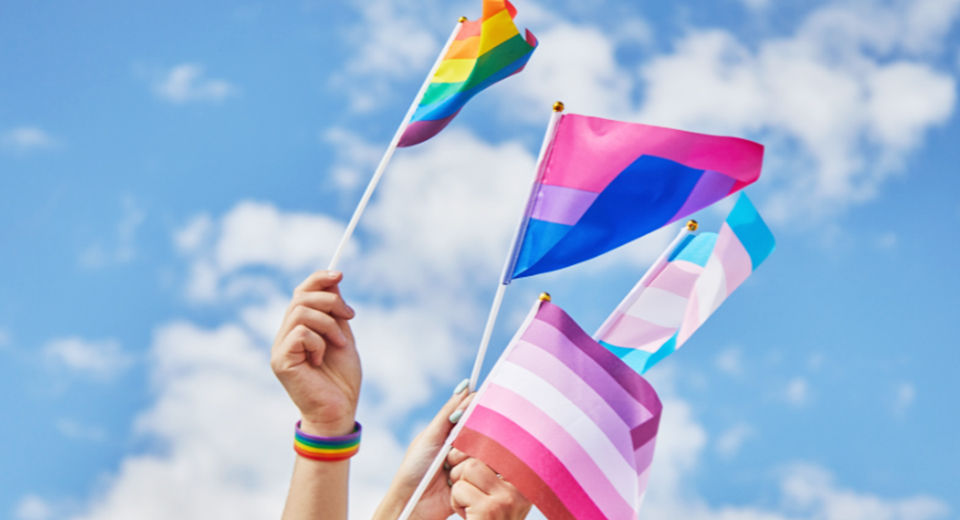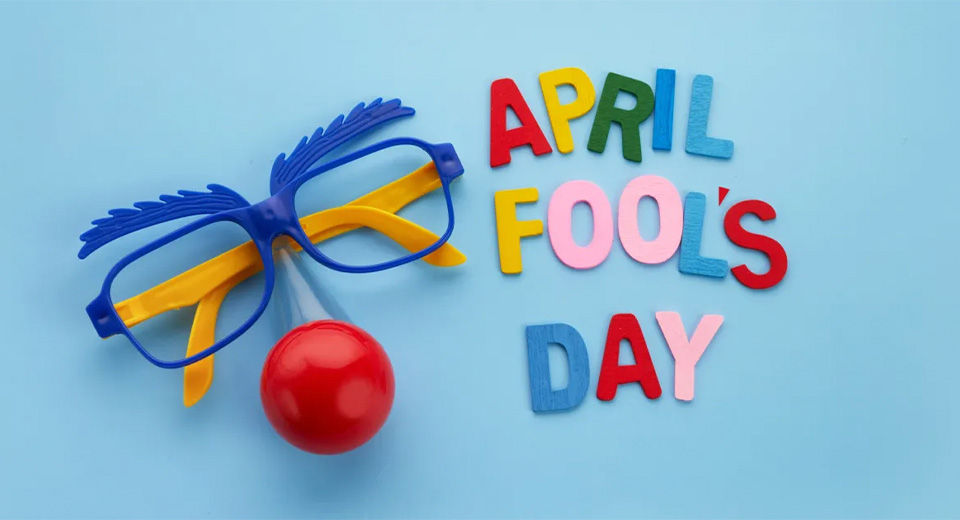The Gilbert Baker Pride Flag

No discussion of LGBTQ pride flags would be complete without acknowledging the iconic rainbow flag. The gay pride flag, brought to life in 1978 by artist and activist Gilbert Baker, has become a radiant, uplifting, and universally embraced symbol of the LGBTQ+ community. Its vibrancy and optimism have made it an enduring emblem of inclusivity and acceptance. It has gained popularity worldwide, from major cities to small towns. The rainbow, a symbol of hope with roots dating back to biblical times, holds a special place in the heart of the LGBTQ+ community, as expressed in artist Gilbert Baker's memoir, Rainbow Warrior.
The Polyamory Pride Flag

Polyamory is the beautiful practice of forming consensual connections with multiple individuals. It involves the mutual consent of all parties involved, fostering a deep sense of trust and openness. Notably, the polyamory pride flag was thoughtfully designed in 1995 by the talented Jim Evans, also known as "Jim the Artist." The blue stripe represents openness and honesty among all partners, while the red and black stripes represent love and solidarity among polyamorous relationships.
The Transgender Pride Flag

The transgender pride flag was created in 1998 by transgender woman Monica Helms. Light blue has long been associated with baby boys, while light pink has been traditionally linked to baby girls. In a nod to inclusivity, the white stripe represents those transitioning or identifying as gender-neutral. It is a powerful symbol of the transgender community's journey toward self-discovery and acceptance.
The Bisexual Pride Flag

The bisexual pride flag, crafted by Michael Page in 1998, showcases three stunning horizontal stripes in vibrant shades of pink, purple, and blue. This emblem is a powerful symbol of the incredible diversity and inclusivity within the bisexual community. The pink stripe represents same-sex attraction, the blue stripe represents opposite-sex attraction, and the seamless blending of these two hues creates a captivating shade of purple, where the transition is so delicate that it seems almost ethereal.
The Pansexual Pride Flag

Pansexuality refers to the attraction to individuals, irrespective of their gender identity or biological sex. The pansexual pride flag, conceived by activist Jasper V in 2010, consists of three horizontal stripes: pink, yellow, and blue. Pink symbolizes those identifying as female, blue represents males, and yellow encompasses non-binary identities.
The Asexual Pride Flag

The asexual pride flag, crafted in 2010 by AVEN (Asexual Visibility and Education Network), proudly displays four horizontal black, gray, white, and purple stripes. Each color holds a significant representation. Black symbolizes asexuality, gray represents demisexuality (where sexual attraction emerges after establishing a deep emotional connection ), white signifies sexuality, and purple embodies the spirit of community.
The Demisexual Pride Flag

Demisexual refers to individuals who require a strong emotional connection to experience sexual attraction. The demisexual flag, consisting of white, purple, gray, and black colors, represents a rejection of gender norms. Black, gray, and white symbolize asexuality, demisexuality, and sexuality, respectively, while purple stands for community. According to HRC, purples, greens, and yellows are colors that defy gender binaries.
The Genderqueer Pride Flag

The flag's colors—lavender, white, and chartreuse—symbolize various gender identities, as explained by Tobin. Purple represents androgyny, blending blue and pink traditionally associated with men and women. White provides a space for those who are agender or gender neutral, while chartreuse represents third-gender identities and nonbinary individuals.
The Genderfluid Pride Flag

The genderfluid pride flag, conceived by JJ Poole in 2012, represents an important symbol of identity and inclusivity. This flag is adorned with five stripes, symbolizing a spectrum that spans from pink, representing femininity, to blue, representing masculinity, aiming to encompass everything in between. The inclusion of black represents genderfluid individuals who do not identify with any specific gender, while white embodies inclusivity for all genders.
The Intersex Pride Flag

In 2021, Vecchietti designed a flag incorporating the intersex community into the Progress Pride flag, symbolizing inclusivity and progress. Valentino Vecchietti introduced this flag as a part of Intersex Equality Rights UK's Intersex Visibility and Inclusion campaign. The flag combines the 2013 intersex flag and the 2018 Progress pride flag, as determined by the Consortium of Lesbian, Gay, Bisexual, and Transgender Voluntary and Community Organisations.
These are just a few examples of the many beautiful pride flags in the LGBTQ community. Each is unique in its design and meaning, representing different aspects of identity and celebrating the diversity within our community. Recognizing and honoring these flags and the people they represent is important. Understanding the meaning behind each pride flag can make us more inclusive and supportive allies of the LGBTQ community.
So next time you see a pride flag waving proudly in the air, take a moment to think about what it represents and the history behind it. And remember, love is an emotion that all identities deserve, hence the celebration. As we strive for equality and acceptance for all members of the LGBTQ community, it's important to educate ourselves on the many different identities and experiences within our community. Gaining insight into the significance of every pride flag fosters an environment of inclusivity and support, embracing individuals from all walks of life. So, let's come together in love and celebration this Pride Month, honoring the diversity and resilience of the LGBTQ community through these powerful symbols of pride.










